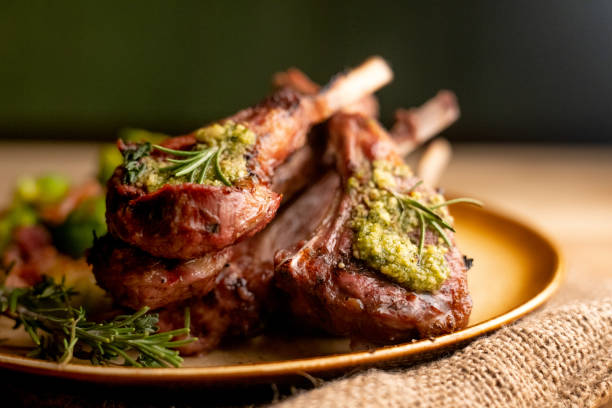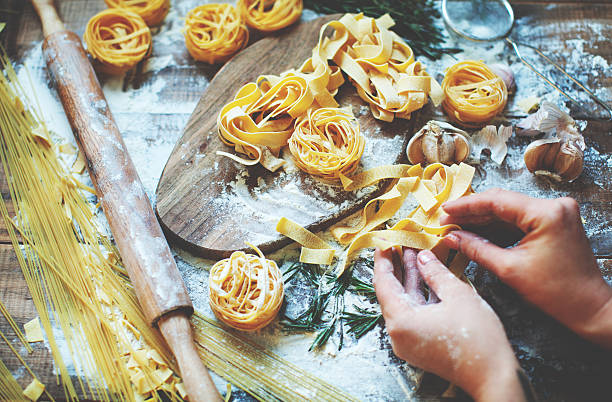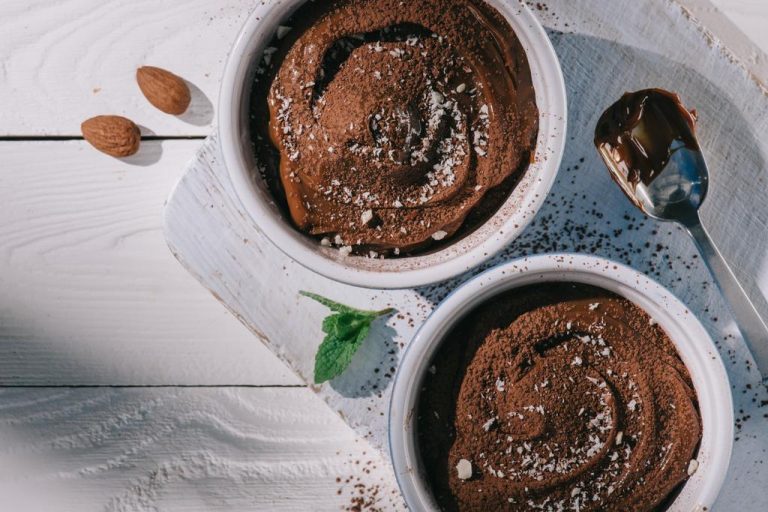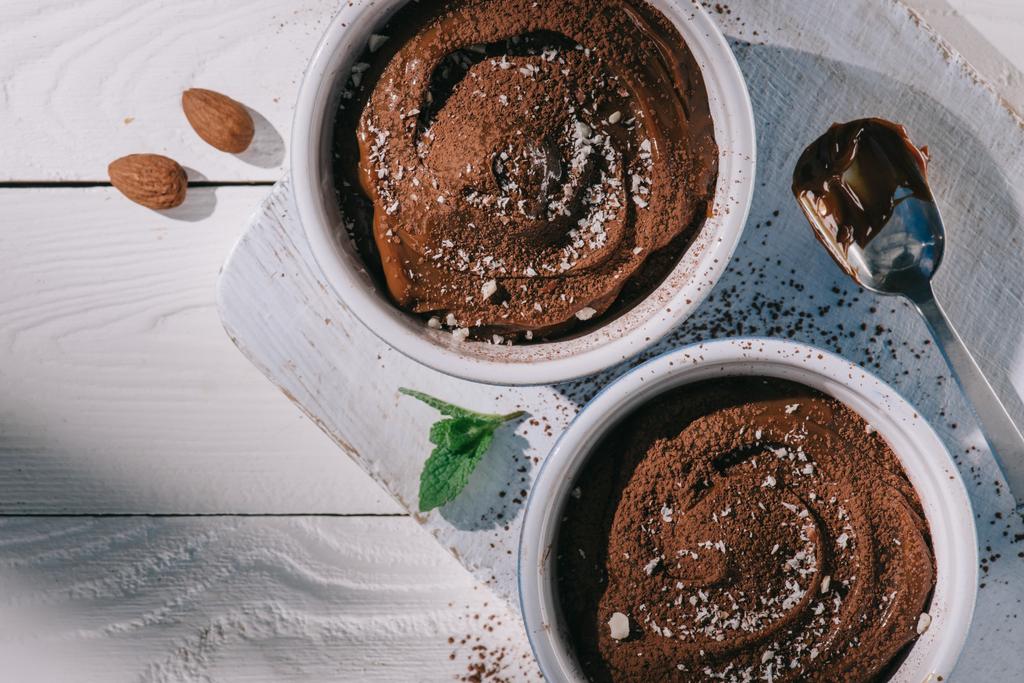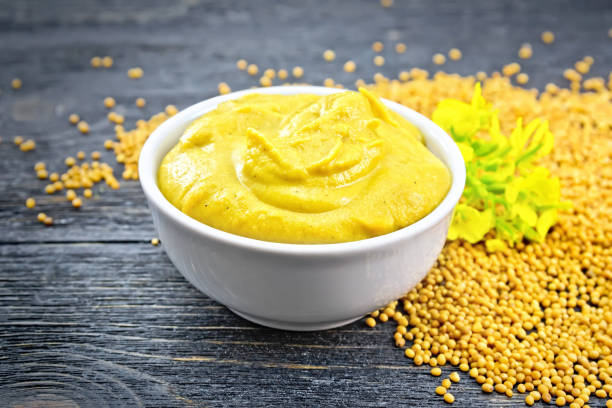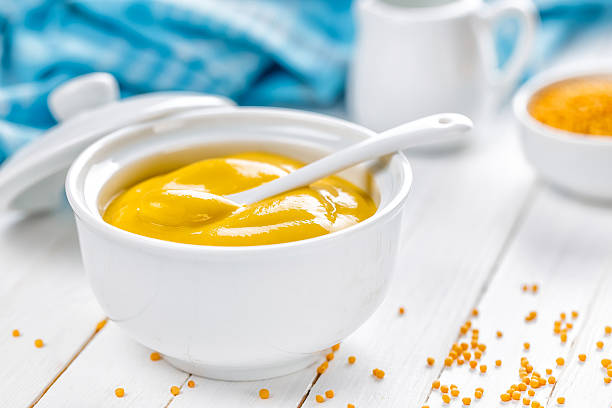High in protein and low in calories: These are our Hüttenkäsetaler! Oh yes, you read that right – cottage cheese can be grilled or fried and it tastes wonderful. Our Huttenkasetaler also gets its extra portion of flavor thanks to sun-ripened cherry tomatoes and fresh garden herbs. In a quick 15 minutes, they are ready to bite on the table. Let’s go: Here is the simple recipe for making Hüttenkäsetaler yourself.
Protein bomb cottage cheese

Whether savory or sweet: cottage cheese or granular cream cheese is a great accompaniment for anyone who loves cheese and wants to keep a slim figure. Because there are already 22 grams of protein in 100 grams of the calcium-rich milk product – cottage cheese is also low in fat and calories. This makes it a healthy filler that can be served more often.
For example as Hüttenkäsetaler! Together with fruity tomatoes, spicy chives, and a little flour, small thalers are formed, which gleam golden brown in around ten minutes on the grill or in the frying pan. A low-calorie treat that’s great as a side dish or as a low-carb dinner! Make Hüttenkäsetaler yourself: Here is a simple recipe.
Make cottage cheese dough yourself
The ingredients for 8 coins:
- 1 bunch of chives
- 4 sprigs of rosemary
- 125 g cherry tomatoes
- 60 grams of flour
- 200 g cottage cheese (low-fat level)
- Salt, pepper, and chili flakes to taste
- 1 tbsp olive oil
The preparation:

- Wash and drain the chives, rosemary, and cherry tomatoes. Finely chop the herbs and finely dice the cherry tomatoes.
- Place the flour, cottage cheese, herbs, and tomatoes in a bowl and mix well. Season with salt, pepper, and chili flakes.
- Form the finished mass for the cottage cheese thalers into thalers with slightly moistened hands.
- Then either place the thalers on a grill-suitable, lightly oiled piece of paper or heat the oil in a pan and fry the cottage cheese thalers on both sides until golden brown. This takes about ten minutes.
- Sprinkle the finished Hüttenkäsetaler with fresh herbs and serve with the grilled food or enjoy as a high-protein meal on its own.

